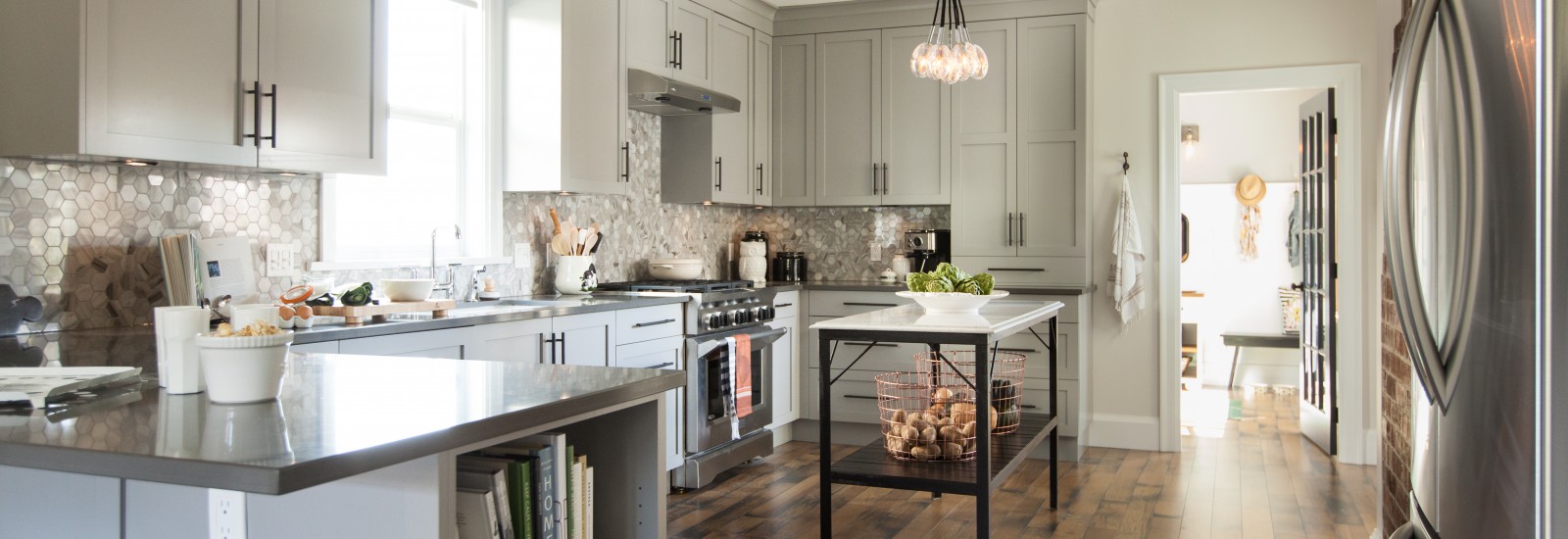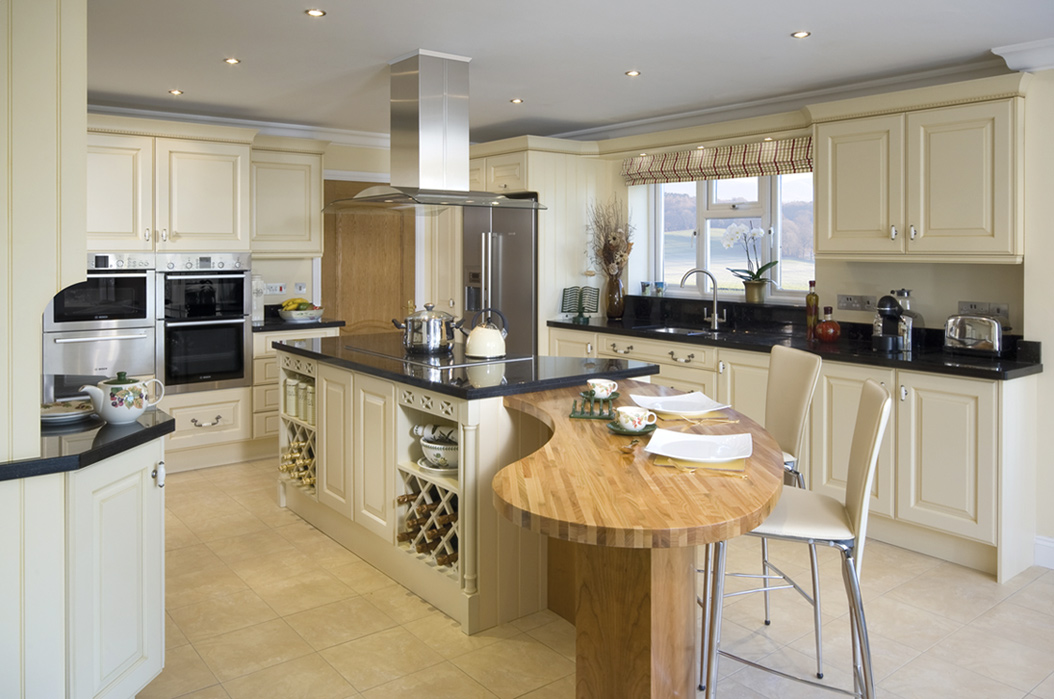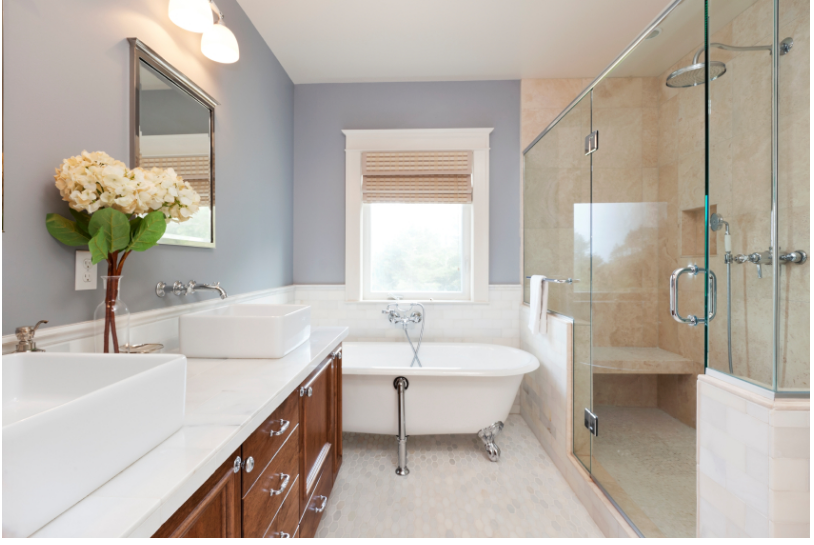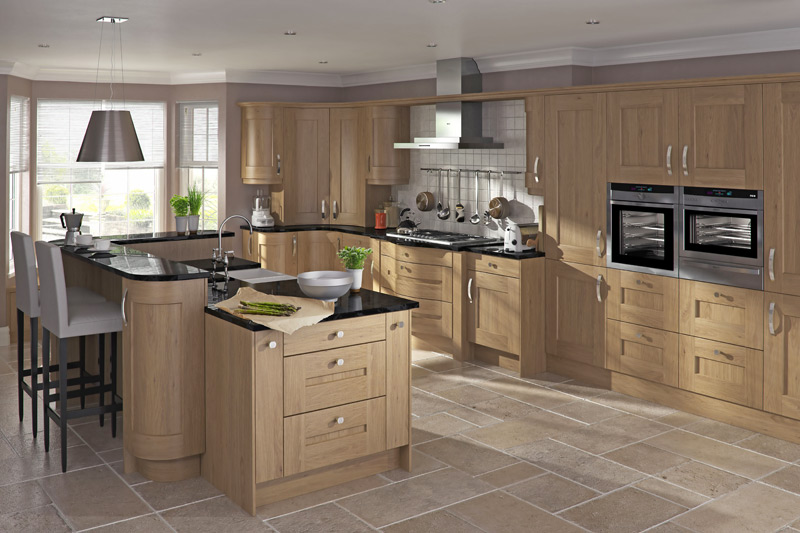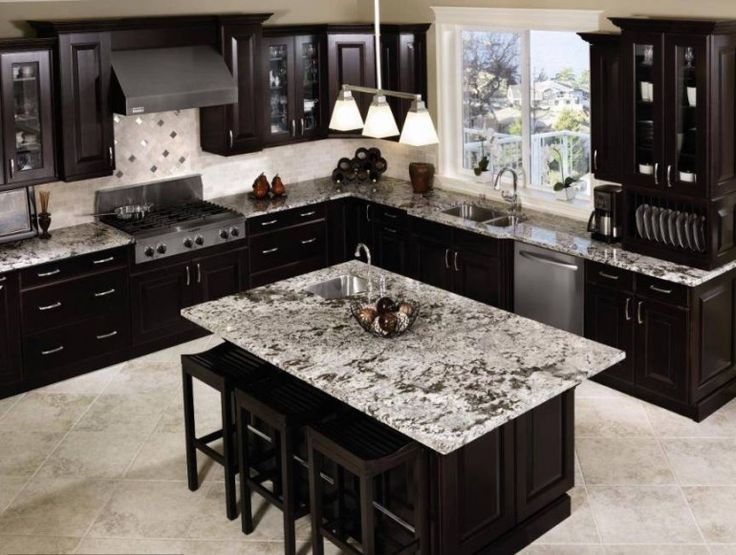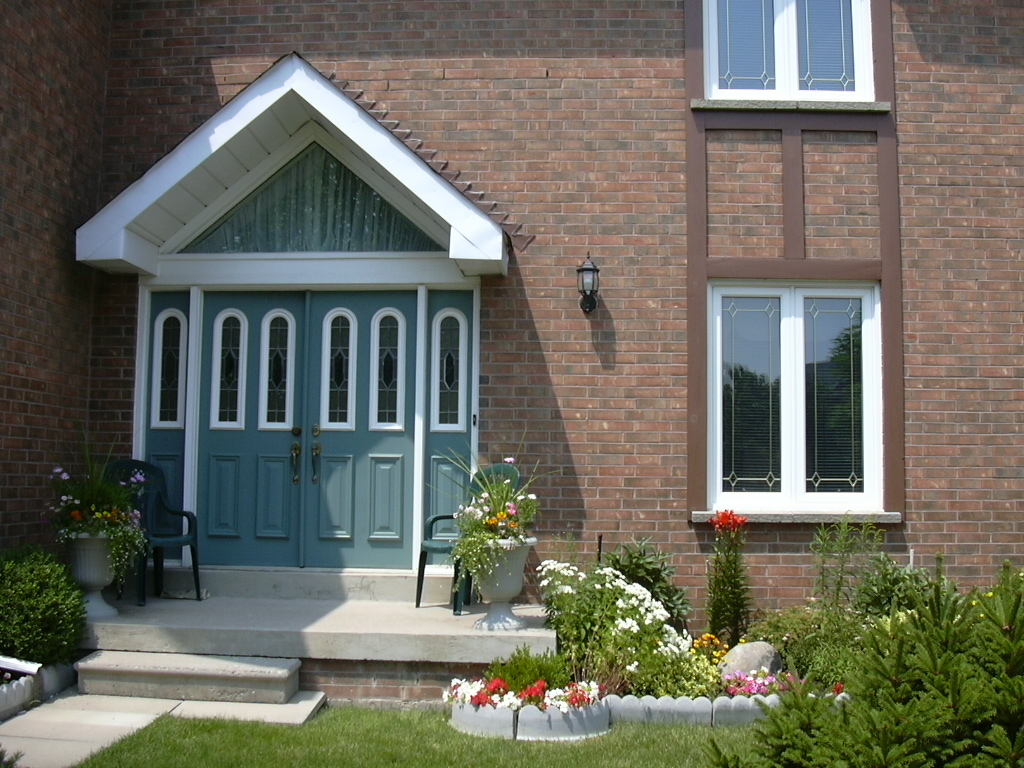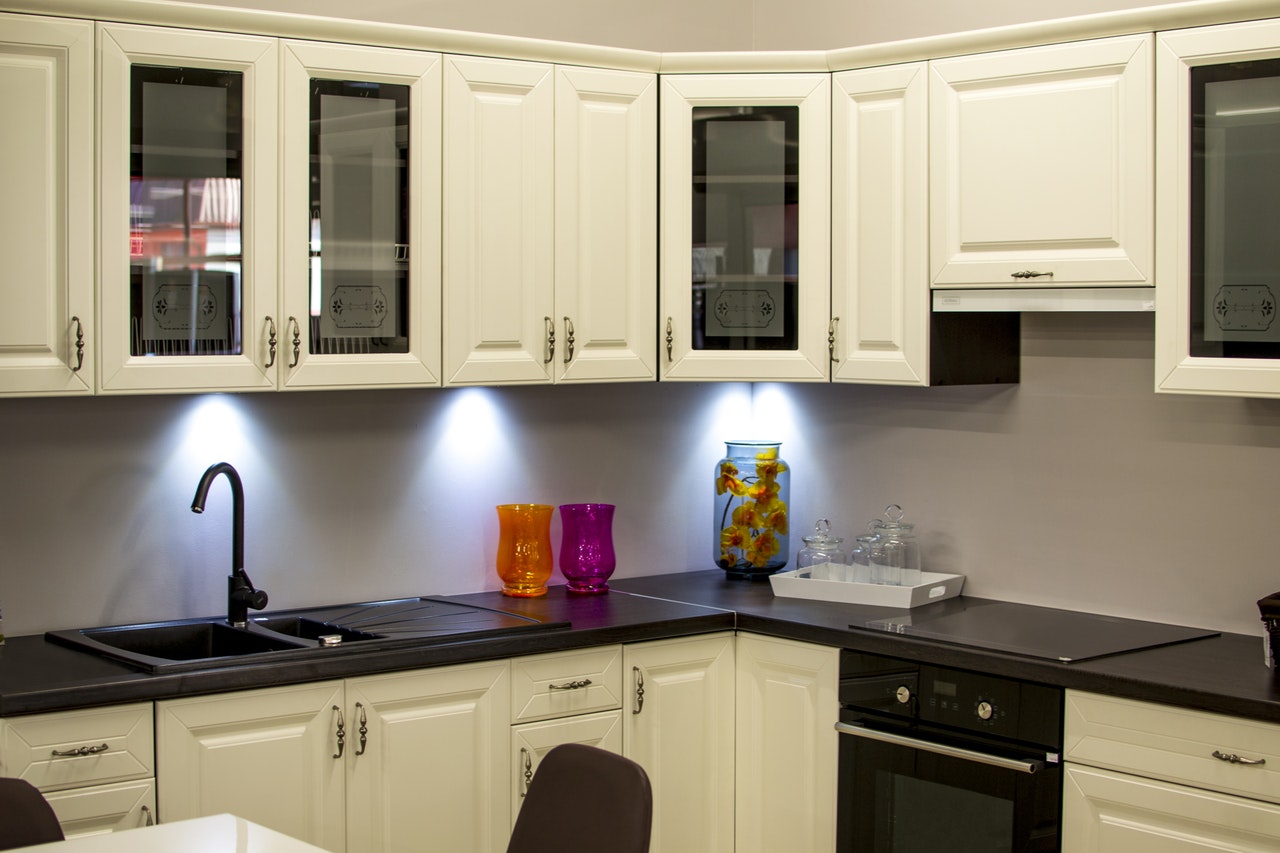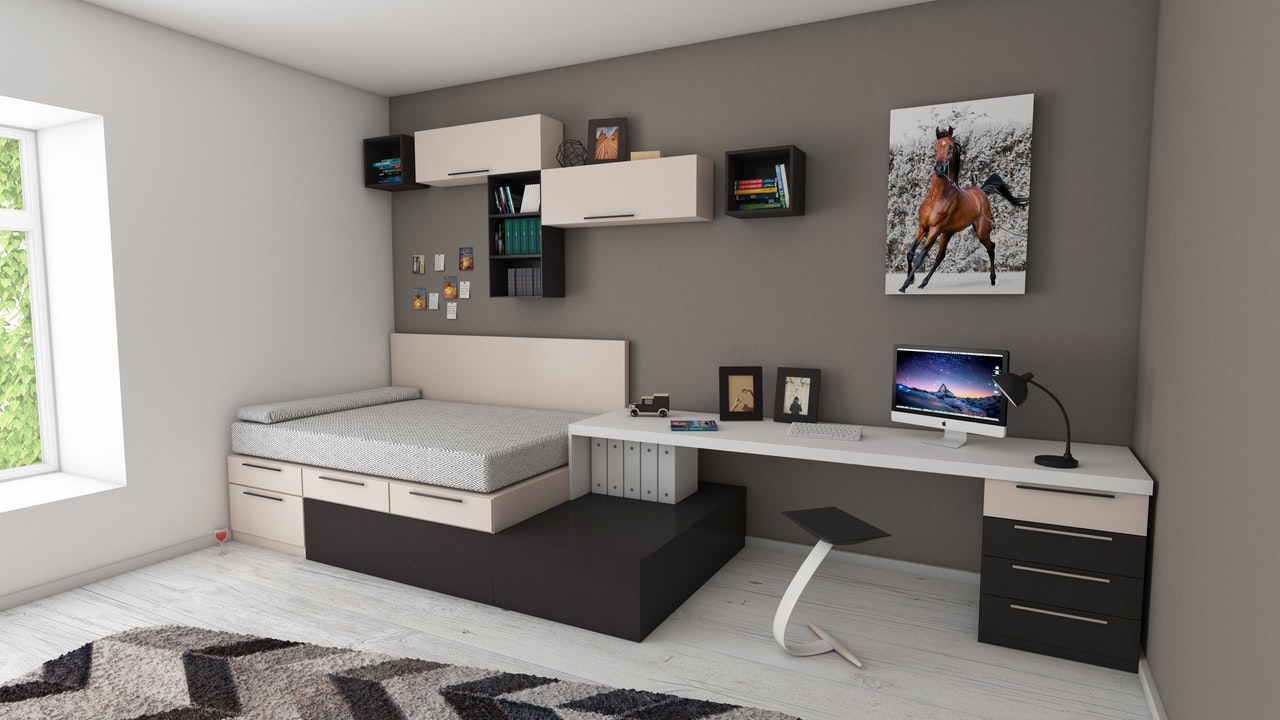How to Freshen Up the Kitchen Scent – Part 2
On top of Part 1’s immediate and short-term cleaning in the kitchen, keep the long run in mind as well. Fighting lingering scents is much easier after you’ve scheduled cleaning for the major food stops in the kitchen.
Every three months
The range hood filter is your first line of defence to combat kitchen smells. Its efficiency decreases over time though and should be cleaned or changed after three months of use.
The larger the household, the more crucial it is to have a good fridge management system in place. Even so, certain foods can get missed and transform into the new offending smell in the kitchen. Spills happen in the fridge, too, that add to the unpleasantness. You can keep on top of that by cleaning the fridge every three months. Soak the drawers in warm soapy water and wipe down the fridge interior with a baking soda solution. Always keep an open box of baking soda inside the fridge to absorb additional smells.
This is also the time to clean other appliances, both large ones like the oven and countertop-sized like the microwave. For the oven, scrape off all the crusted food bits and sweep them out. Use warm soapy water to soak the oven racks. After scrubbing the stubborn stains in the oven with a mixture of baking soda and vinegar, turn on the oven’s self-cleaning function.
Extra fresh boost
Regardless of how religiously you follow this cleaning schedule, you sometimes need to give an extra fresh boost to the kitchen. It may be that you just stepped into the kitchen and still smell yesterday’s cooking extravaganza. Perhaps you have guests coming over or you’re showing the house to potential buyers today. Whatever the reason may be, there are a bunch of DIY tricks you can try. Remember that all these tricks depend on what the ideal kitchen fresh scent means to you.
Airing it out
The first thing you’ll want to do is point a running fan in the direction of an open window. This works very well in pushing the indoor kitchen air – along with all its scents – outside.
Breakfast food to the rescue
If you need a cup of coffee to start your day anyway, brewing a fresh pot is usually enough to get rid of yesterday’s cooking smells. Same thing if you like to have toast in the morning. Freshly brewed coffee and bread toasted dark brown are very effective air scrubbers. What’s great about these two ideas is that they can fit right into your morning routine.
Steam-powered air fresheners
Another way to clean the air is to simmer a few slices of lemon or oranges. The acidity of the citrus fruit will then spread through the air carried by steam. You can also try simmering your favourite herbs or spices if you’re not a fan of the citrus scent.
Good ol’ apple pie
A classic idea to make your kitchen smell welcoming is to heat up an apple pie in the oven. Real estate agents use this trick all the time for open houses because the scent brings up feelings of warm coziness. It’s especially potent if visitors grew up with never-ending baked goods in the house.
Scent swaps
You can also put scent replacements around the kitchen. This could mean vanilla-soaked cotton balls, bowls of water with drops of essential oils, or even mild scented candles.
You’ve already gone out of your way to avoid mistakes while renovating your kitchen – don’t let bad smells ruin all your hard work! Stay fresh.

